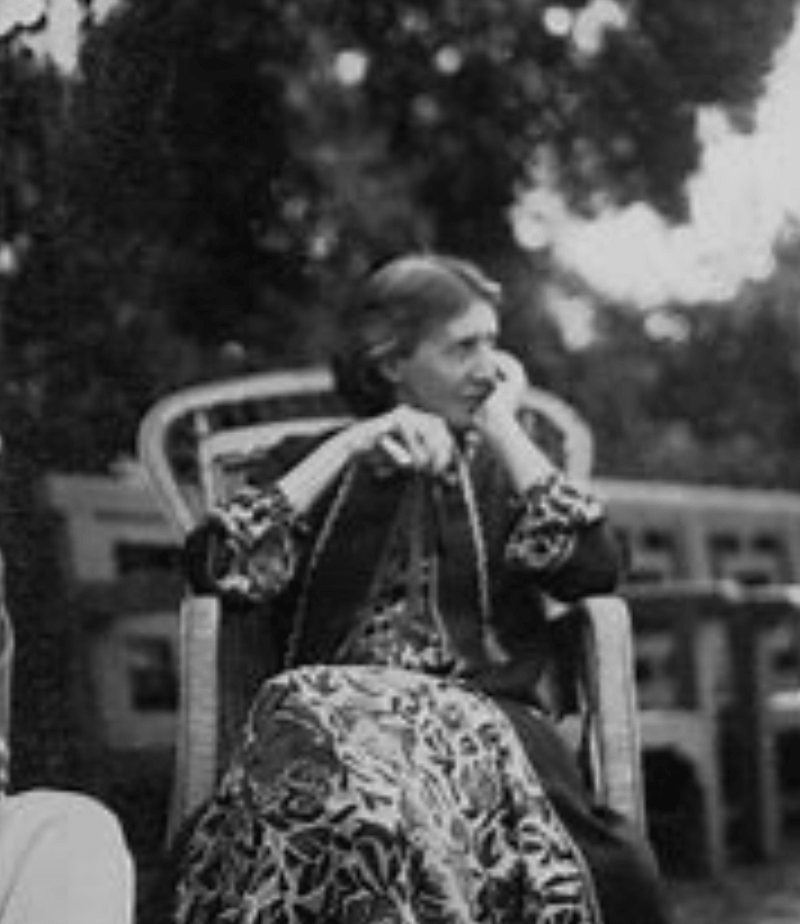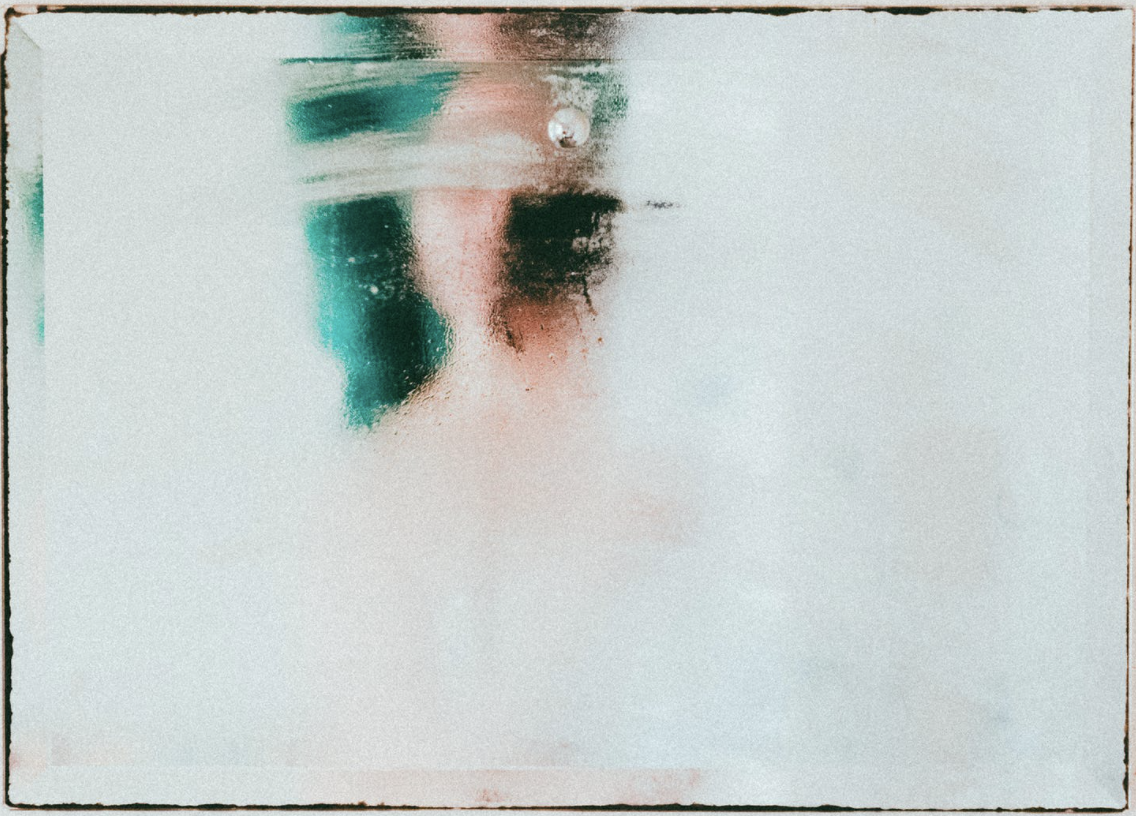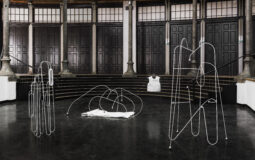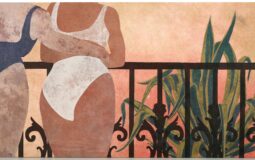Born as Adeline Virginia Woolf, she grew up with five siblings, two of them half-siblings.
From a young age on Virginia showed an affinity for writing. Although her parents disapproved of formal education for women, writing was seen as a respectable profession for women by them.
So her parents encouraged her in her writing, especially her father whom she formed a very strong bond with. By the age of five, she already wrote letters and told her father a story every night. Later she and her siblings Vanessa and Adrian also invented a serial about her next-door neighbors.
When Virginia was 13 her mother fell ill with influenza, never fully recovered, and eventually died in May 1895. The death of her mother was a severe and pivotal moment in her life, which marked the beginning of her struggles with a mental illness.
When growing she tried to escape the conventional expectations for young (upper class) women. And when her half-brother George saw it as his role to bring Virginia and her sister Vanessa “out into society” after their mother died, he was met by a lot of critique by Virginia since the rite of passage resonated with neither of the girls.
“Society in those days was a perfectly competent, perfectly complacent, ruthless machine. A girl had no chance against its fangs. No other desires – say to paint, or to write – could be taken seriously”.
She wanted to move to “a room of one’s own” (yes pun intended) to pursue her writing.
Virginia received her early education from her parents, as a lot of girls were if they even received an education. She was taught in Latin, French, History, Mathematics and received piano lessons.
From age 15 on she was able to pursue higher education, being taught in beginning and advanced Ancient Greek, intermediate Latin and German and History, at the Ladies Department of King’s College London. Janet Case, who taught at that College, was the one who involved her in the women’s rights movement.
After her father’s death in 1904, she and her siblings moved to a house in Bloomsbury. From then on they started to meet with a lot of intellectual friends every week, forming a group or circle which later became known as the ‘Bloomsbury Group’, a circle of artists and writers.
In November of 1904, she met her later husband Leonard Woolf at a dinner, as he was a friend of her brother Thoby.
In 1911 they married.
In 1915 Virginia’s first book was published named ‘The Voyage Out’.
Two years later Virginia and her husband started the Hogarth Press in their basement, which will later also publish a lot of Virginia’s books.
In that same year, they had their first publication and the press soon became a great success.
Besides Virginia’s books and their other publications, the press also commissioned artworks by contemporary artists.
In 1922 Virginia met the writer and poet Vita Sackville-West. After a rather hesitant start, they began a sexual relationship and affair, which evolved into a strong and deep friendship after 1928.
Though Vita was not her only affair (including Sibyl Colefax and Winnaretta Singer), she was the one with who Virginia had the strongest and most intimate bond with and who influenced her a lot, and they stayed friends till Virginia’s death.
So Vita was also the inspiration for Virginia’s book ‘Orlando’, which was published in 1928.
– Trigger Warning: Depression, Suicide & Sexual Abuse –
Throughout her life, Virginia had to deal with manic depression, which included psychotic episodes and her being suicidal. The trigger was her mothers’ death. Her condition then worsening because of more deaths of people she loved (like her father, her half-sister Stella and her brother Thoby), leading her to first wishing to be dead at age fifteen. After her father died, at age 22, she first attempted suicide and was institutionalized shortly after.
This marked the start of a longer period of different treatments and visits to doctors and psychiatrists.
In 1915 she began to recover.
She did have to deal though with recurrent periods of depression for the rest of her life.
Although her illness affected her social life, it never affected her work. As a matter of fact, writing for her was one of the only ways for her to cope with her illness.
“The only way I keep afloat… is by working… Directly I stop working I feel that I am sinking down, down. And as usual, I feel that if I sink further I shall reach the truth.”
Virginia used sinking underwater as a metaphor for the effects of depression and psychosis but also for finding the truth.
The reason for her illness, besides the many deaths of loved ones and the later horrors of the Second World War. It was also the sexual abuse she had to endure (same as her sister Vanessa) by her half brothers George and Gerald, starting as early as the age of six.
After finishing the script of her last novel ‘Between the Acts’, Virginia fell again into a depression.
With the war beginning her condition got worse and worse.
After leaving her husband a last letter, she committed suicide by drowning herself near the river by her home, on March 28th, 1941.
Her Work

“Until we can comprehend the beguiling beauty of a single flower, we are woefully unable to grasp the meaning and potential of life itself.”
Virginia was one of the first-ever to use the stream of consciousness as a narrative device.
Recurring themes in her work include witchcraft, shell shock, the sea, women’s rights and the role women were expected to take in society, and the role of social class in contemporary modern British Society.
In ‘A Room of One’s Own’ for example, she equates historical accusations of witchcraft with genius and creativity among women.
Also, her examination in ‘Orlando’ with gender, identity, gender roles and constructs and societies view on what gender and identity “is and what not” and “what it can and can’t be” is her time far ahead.
Her most famous motive, the wave, is also deeply embedded in her texts structure and grammar, being visible for example in her use of the semicolon, which resembles the shape and function of a wave.
For me, Virginia’s work is one of the most powerful and touching works know. Her writing is very genuine and direct, at times painfully so. You feel the emotions through her words, which gives you a little view into her heart, life, and experiences.
Her writing empowers me and gives me a space to breathe and where I feel understood and seen.
“I will not be “famous”, “great”. I will go on adventuring, changing, opening my mind and my eyes, refusing to be stamped and stereotyped. The thing is to free one’s self: to let it find its dimensions, not be impeded.”
To get more from Art Uncovered sign up to our Patreon Membership for $5/ month and read complete interviews and other content.
Buy Some of Virginia Woolf’s books,
This August, The Uncoiled comes out with its first magazine issue that focuses on art, literature, and society. We accept unsolicited submissions and if you wish to submit to the magazine, then kindly click here.













Hey There. I found your blog the use of msn. This is a really smartly written article. I’ll be sure to bookmark it and come back to read extra of your helpful info. Thank you for the post. I will definitely return.